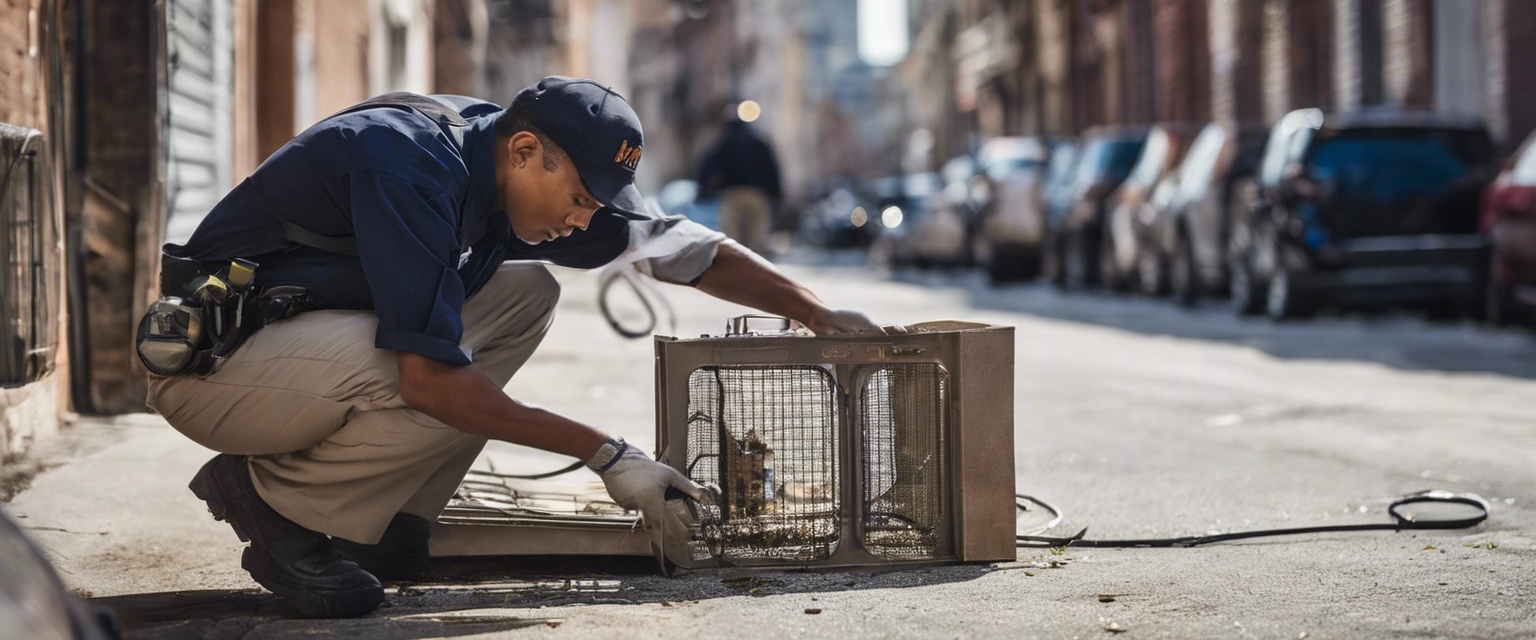The ultimate guide to humane rodent traps
As environmental awareness increases, so does the importance of humane pest control methods. Traditional rodent traps often result in injury or death, raising ethical concerns and prompting the search for more compassionate alternatives. Humane rodent traps offer a solution that aligns with the values of our environmentally conscious audience.
Rodents can cause significant damage to property and pose health risks through the spread of disease. It's essential to address rodent problems promptly while ensuring the methods used are safe for both humans and animals.
Types of Humane Rodent Traps
Live catch traps are designed to capture rodents without causing harm, allowing for their release into the wild. These traps must be checked frequently to minimize stress on the captured animal.
No-kill cage traps are similar to live catch traps but are often more robust and may include features that make them easier to use and more effective.
Electronic humane traps use technology to capture rodents alive and unharmed. Some models can even send alerts to your smartphone when a rodent is caught.
How to Choose the Right Humane Rodent Trap
Before selecting a trap, it's important to understand the extent of the rodent issue and the species involved. This information will guide the choice of the most appropriate trap.
Factors such as trap size, sensitivity, and placement are crucial in choosing the right humane rodent trap. It's also important to consider the potential for non-target captures and how to prevent them.
The effectiveness of a trap can be greatly influenced by its location. Strategic placement, away from high-traffic areas and near rodent entry points, is key.
Setting Up and Maintaining Humane Rodent Traps
Proper setup is essential for the humane treatment of rodents and the success of the trap. This includes using the right bait and ensuring the trap is stable and secure.
Regular maintenance of traps is necessary to keep them functioning effectively and to maintain hygiene, reducing the risk of disease transmission.
Once a rodent is caught, it's important to release it promptly and humanely, following local guidelines for wildlife relocation.
Preventive Measures and Rodent Proofing
Preventing rodents from entering the home in the first place is the most effective control method. Sealing cracks and holes can significantly reduce the likelihood of an infestation.
Good sanitation practices and habitat modification can deter rodents from settling in your area. This includes removing food sources and clutter that may provide shelter for rodents.
Natural repellents, such as essential oils and plant-based products, can be effective in keeping rodents at bay without the use of harmful chemicals.
Legal and Ethical Considerations
It's important to be aware of local laws and regulations regarding rodent control to ensure compliance and avoid penalties.
Considering the ethical implications of rodent control is crucial. Humane traps are a step towards responsible pest management that respects the well-being of all animals.






Comments (0)